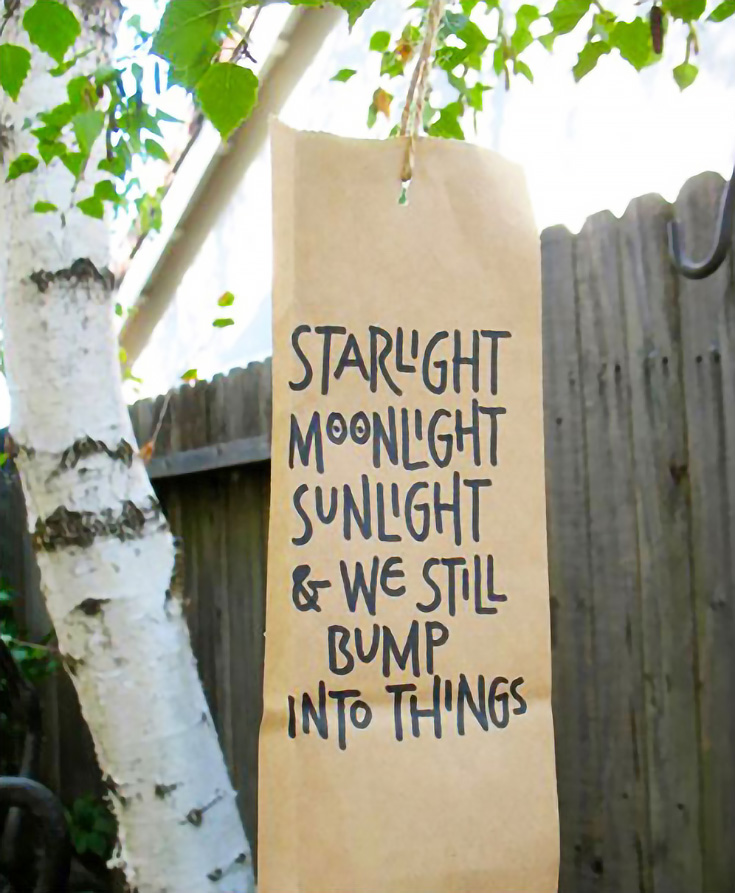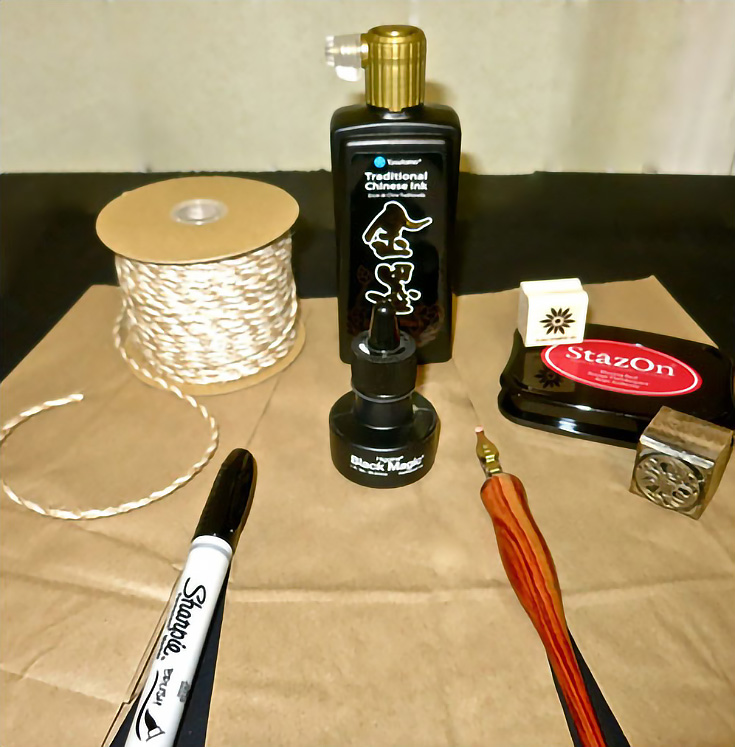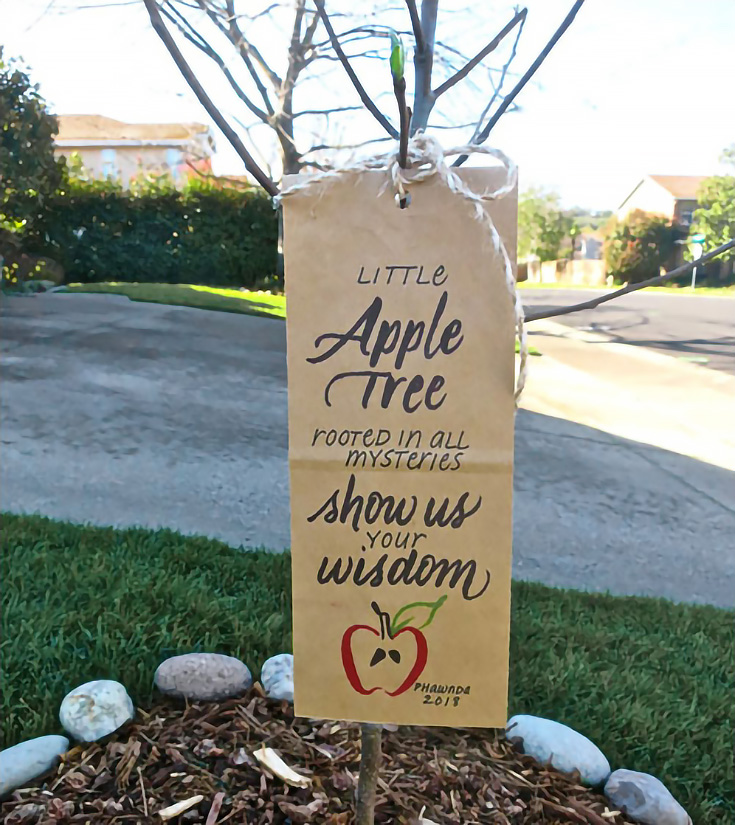Spring’s on the way! As the seasons change, many artists also sense a shift in their focus and goals. We’re more energetic, more aware, more responsive. The sights of a “new” earth can inspire poetry, even if we think we’re not poets!
Whether you’re on the West Coast (like me, where winters aren’t so harsh) or the East Coast (where 6 feet of snow is no longer delightful) nearly all of us long for spring. By April, Spring is officially here, so it’s no wonder that April is also National Poetry Month.
An early master of Haiku (an ancient form of Japanese poetry) was Matsuo Basho (1644-1694) who said, “The basis of art is change in the universe.”
Henry David Thoreau wrote: “As every season seems best to us in its turn, so the coming in of spring is like the creation of Cosmos out of Chaos and the realization of the Golden Age.”
And I treasure Rainer Maria Rilke’s words: “Spring has come again. The earth is like a child that knows poems by heart.”
One of the ways calligraphers celebrate spring is by making weathergrams, inspired by Lloyd Reynolds. A professor at Reed College in Oregon, Reynolds brought awareness of Haiku for the seasons and wrote verses on paper for the outdoors. (He was also an inspiration to a famous student, Steve Jobs.)
The verse below, which hung in my garden last year, is from Reynold’s first book:
Reynolds says that weathergrams are “very short poems of about 10 words or less” that hang in the garden or along a trail between equinox (March 20) and solstice (June 21). The brevity is essential so the weathergram is noticed and read in its entirety by passersby. “It should be part of the scene,” Reynolds explains.
Most weathergrams have visual imagery, a bit of contemplation and often, dry humor. To give you an idea of their nature, here are five poems composed by Reynolds:
A few inches of puddles—miles of sky.
Scampering leaves & the kitten stop the garden rake.
The swayback old barn is turned out to pasture.
The valley wedges down between its mountains.
Sunlight under dark soil comes up dandelions.
A 20-page booklet, “Weathergrams,” includes many of Reynold’s poems and may be downloaded for free if you’d like. He’s also written two booklets on weathergrams! You can read more about his interesting life here.
To make a weathergram of your own, you’ll need natural brown kraft paper (heavier lunch bags are ideal, or glue 2 thin pieces together), Black Magic Ink, Chinese (sumi) ink, a dip pen or a waterproof marker like a Sharpie, and twine.
You can make your own weathergram for your garden or a public place by composing a few words to the universe, thoughts that resonate with you. Some recall memories of relatives and just lovingly write their names. Others converse with the elements of weather or the seasons. I find it fun to add a small rubber stamped image in red.
When you’re finished, the top is folded over, punched for a hole, and looped with a piece of twine. In time, the weathergram fades (like a leaf, Reynolds says) and returns to nature.
It takes a little thought and time—I wrote this one in the traditional Haiku pattern of word syllables: 5 -7 – 5:
Little apple tree
Rooted in all mysteries
Show us your wisdom
Then I went outside to hang it on our newly planted tree and saw, for the first time, green buds! Ah, Spring!
I hope you’re inspired to make a weathergram! They are really fun and connect us to nature. I’m even willing to bet you’ll notice a boost in your creativity!
I’m sharing more Spring projects on my Facebook page—come by and see them!
This post may contain affiliate links.



